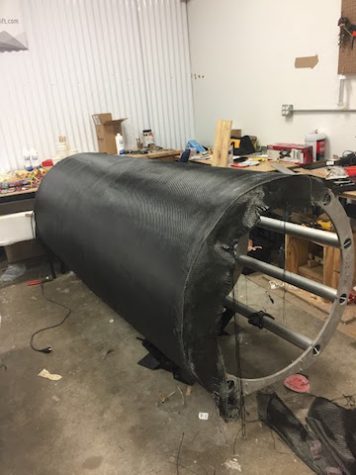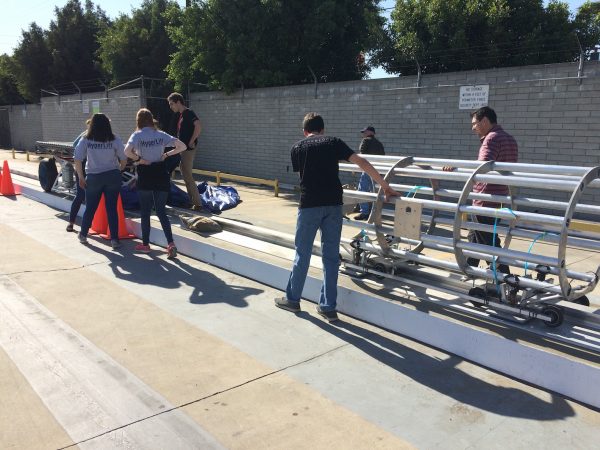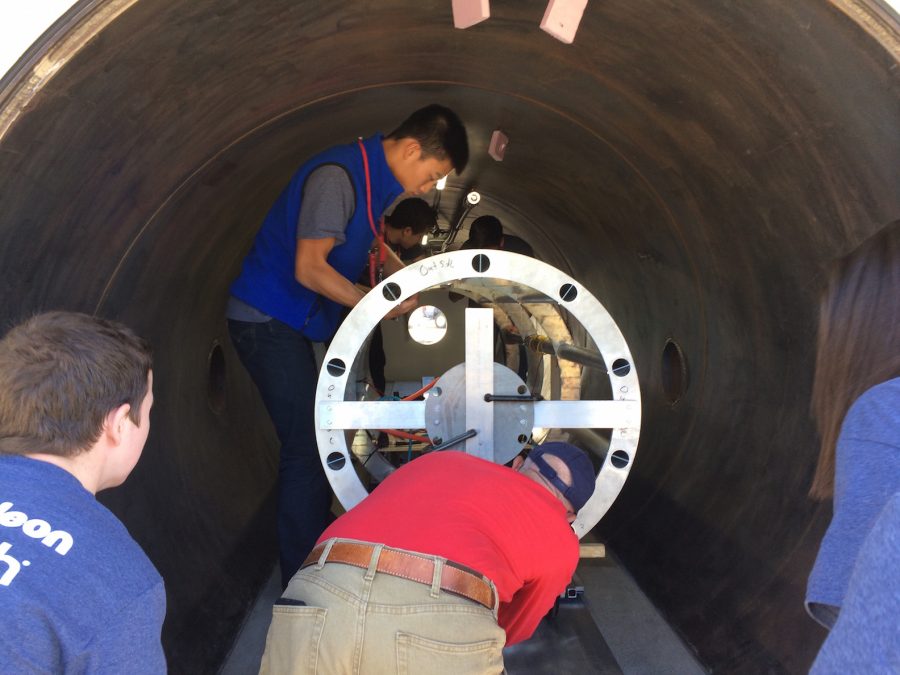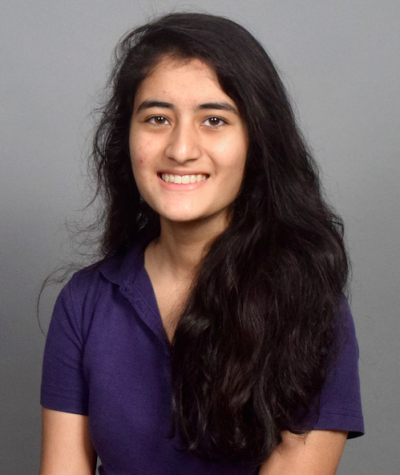Team Hyperlift prepares for final stage of Hyperloop competition
From left: senior Robert Gottschalk, junior Michael He (far back), adviser Franco Posa and junior Elizabeth Award test the pod in a vacuum chamber to ensure that its electronics would not overheat.
January 17, 2017
Team Hyperlift is competing in SpaceX’s Hyperloop Pod Design competition to create a high-speed transportation system for people and goods. Juniors Elizabeth Awad, Michael He, and Robert Gottschalk, seniors Katie Malcolm and Jonathan Bloom and senior captain Andrew Awad are building a pod that travels through a vacuum tube and levitates on a boundary of thin air.
Team Hyperlift is the only high school team that has advanced to the final stage of the competition, which will take place from Jan. 27-29 at Hawthorne, California. From Nov. 17-18, Team Hyperlift and 12 other teams traveled to Hawthorne to check that their pod was functional and safe.

Carbon fiber makes up the exterior of the pod. Team Hyperlift stored the pod at a workshop at TXRX Labs in Houston.
On their first day of the testing weekend, the team examined the vehicle’s electronic components in a vacuum chamber, an environment they couldn’t find in Houston.
This process took several hours of trial and error.
“Some things went wrong and some things went amazingly, but that was a part of the whole process,” Elizabeth said. “SpaceX was so helpful, and they tried to get us to do as many tests as possible in order to ensure that all of our components worked and learn from our experiences and difficulties.”
At the end of the first day, the pod’s linear actuators stopped working. The team spent hours that evening trying to find a solution.
The next morning, the team tested the entire pod and its individual components in a vacuum. All of their components worked, including their linear actuators.
They spent the rest of the day pushing through numerous inspections so that they could test their pod’s braking system on an outdoor I-Beam track, where the pod is accelerated up to speed by a pod pusher. In the final competition, the track would lead the pod from the outdoors into a vacuum tube, but during the testing weekend, the two environments were tested separately.

Adviser and physics teacher Nolan Harris, far right, accompanies the team as they place their pod on the track. On the far left is the pod pusher.
The team ultimately passed all the checks leading up to the track, becoming the third team to do so after Delft and MIT, both of whom had reached the track during a previous testing weekend. Team Hyperlift’s pod first moved on the track at five miles per hour and later increased its speed to over 13 miles per hour.
“It was reassuring to us that we are actual competitors in this competition and that we have a viable chance of winning,” Elizabeth said. “All the hours and all the hard work was worth it.”
Team Hyperlift will travel to Hawthorne on Friday, Jan. 20, and complete a final check before they compete on the 27th.
“It was good for us to know what we should work on over the next few weeks, what worked and what didn’t necessarily work super well,” Bloom said. “We all know we have a lot of work to do for the next few weeks, but we’re all looking forward to the final competition.”





